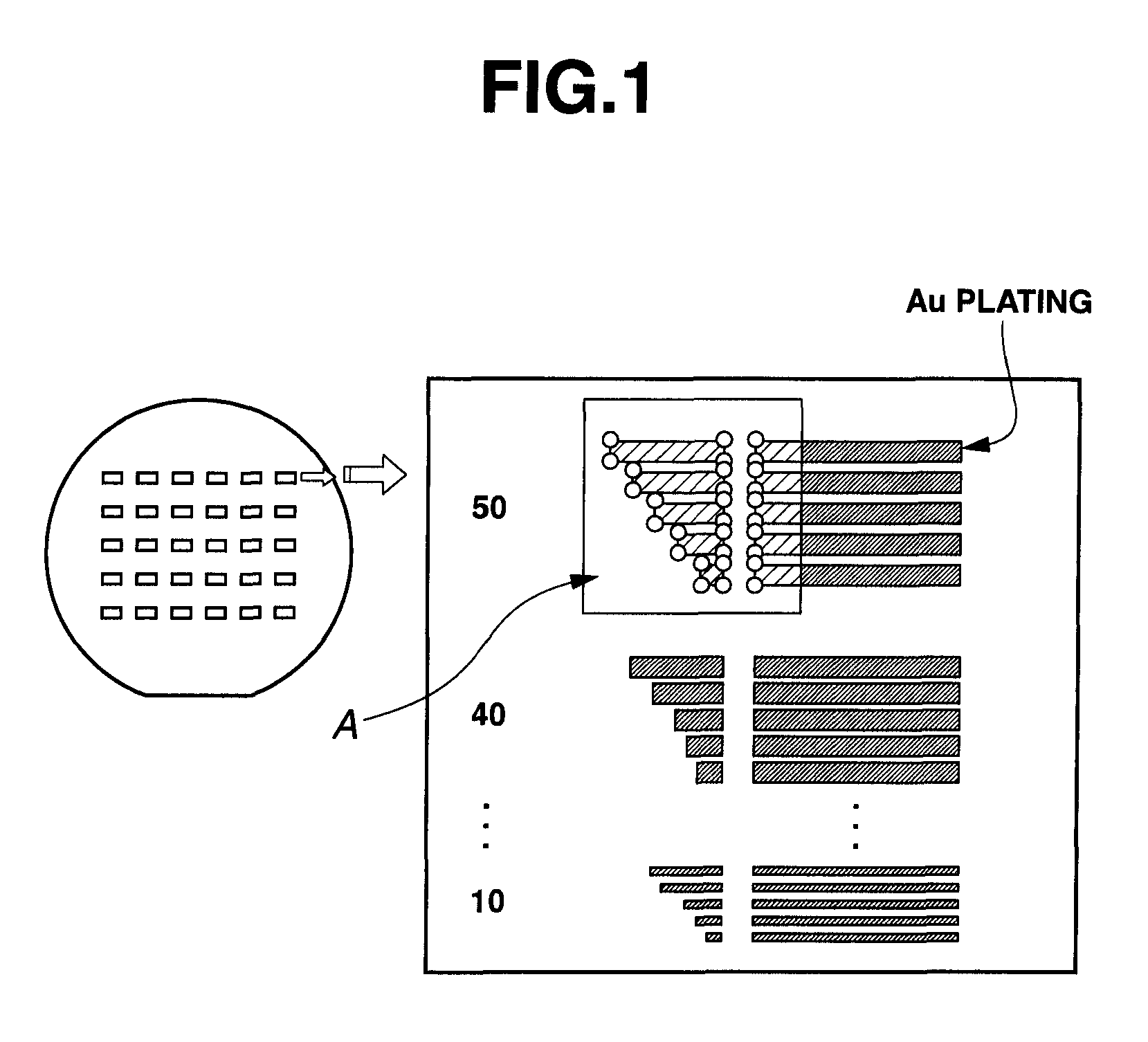Chemically amplified positive resist composition and patterning process
a positive resist and composition technology, applied in the field of chemically amplified positive resist composition and patterning process, can solve the problems of system, crack resistance during cracking, pattern deformation, and difficult to increase the integration density of bumps, etc., to achieve short development time, high sensitivity, and high degree of removal
- Summary
- Abstract
- Description
- Claims
- Application Information
AI Technical Summary
Benefits of technology
Problems solved by technology
Method used
Image
Examples
example
[0154]Examples of the invention are given below by way of illustration and not by way of limitation.
examples 1 to 18
[0155]A resist solution was prepared by selecting two polymers (Polymers 1 to 6 having recurring units identified below) as base resin, an acid generator (PAG-1 or PAG-2), a basic compound (Amine 1), a benzotriazole compound (B-1 to B-4), a dissolution inhibitor (D-1), and a surfactant in accordance with the formulation shown in Table 1, dissolving them in propylene glycol monomethyl ether acetate (PGMEA), and filtering through a membrane filter having a pore size of 1.0 μm. The resist solution was spin coated onto a substrate (which was a 6-inch silicon wafer having copper deposited thereon by sputtering), and soft baked on a hot plate under the conditions shown in Table 2 to form a resist film having a thickness of 50.0 μm. It is noted that the film thickness was measured by a spectrometric film thickness measurement system Lambda Ace VM1200 by Dainippon Screen Mfg. Co., Ltd.
PUM
| Property | Measurement | Unit |
|---|---|---|
| wavelength | aaaaa | aaaaa |
| thickness | aaaaa | aaaaa |
| thick | aaaaa | aaaaa |
Abstract
Description
Claims
Application Information
 Login to View More
Login to View More - R&D
- Intellectual Property
- Life Sciences
- Materials
- Tech Scout
- Unparalleled Data Quality
- Higher Quality Content
- 60% Fewer Hallucinations
Browse by: Latest US Patents, China's latest patents, Technical Efficacy Thesaurus, Application Domain, Technology Topic, Popular Technical Reports.
© 2025 PatSnap. All rights reserved.Legal|Privacy policy|Modern Slavery Act Transparency Statement|Sitemap|About US| Contact US: help@patsnap.com



